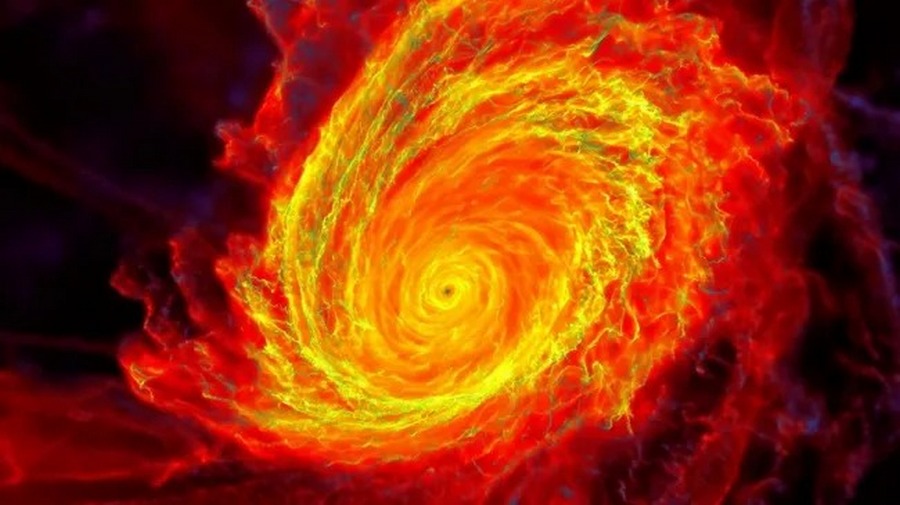Supermassive black holes are giant objects, millions or billions of times more massive than the Sun, located in the centers of most galaxies, including our own Milky Way. They are known for their bright gas accretion disks, which are formed from the remnants of luminaries trapped by the super-powerful gravity of black holes. However, the process of accretion is still a mystery to scientists.

Astrophysicists have long wondered why material trapped in a black hole does not fall into it immediately, but first forms a hot disk that emits light, converting gravitational energy into heat. The new computer simulations suggest that the magnetic fields of a black hole can control the formation of the disk and direct gas into its structure. This will help scientists refine predictions of the mass, thickness, and falling velocity of material in accretion disks.
“Our theories said that the disks should be flat, like pancakes. But astronomical observations show that they are fluffy like pie,” said Phil Hopkins, an astrophysicist at the California Institute of Technology, in an article in The Open Journal of Astrophysics.
Hopkins and his team created a super-large virtual supermassive black hole by inputting data on the physics of cosmic phenomena such as gravity, dark matter and dark energy, stars and galaxies. The simulation, which is the culmination of the FIRE and STARFORGE projects at the California Institute of Technology, has a resolution a thousand times better than previous ones.
Using this code, the researchers simulated a black hole 10 million times more massive than the Sun, starting in the early Universe. The simulation then shows an active black hole surrounded by an accretion disk that supplies gas to the black hole at a rate comparable to the brightest quasars. Magnetic fields take away momentum from the disk, allowing material to spiral inward toward the event horizon. New simulations have shown that magnetic fields support the disk material, making it loose.
“We were very surprised to see that the simulated disk looks different than we had thought for decades,” Hopkins said.
Earlier, we reported how a “quiet” black hole amazed astronomers with its behavior.
Based on the materials of space.com

